Spotted hoplo - Megalechis thoracata
Scientific name: Megalechis thoracata
Common name: Spotted hoplo
Family: Callichthyidae
Usual size in fish tanks: 15 - 16 cm (5.91 - 6.3 inch)
014
Recommended pH range: 6 - 8
Recommended water hardness: 4 - 18°N (71.43 - 321.43ppm)
0°C 32°F30°C 86°F
Recommended temperature range: 18 - 27 °C (64.4 - 80.6°F)
The way how these fish reproduce: Spawning
Where the species comes from: South America
Temperament to its own species: peaceful
Temperament toward other fish species: peaceful
Usual place in the tank: Bottom levels
Food and Feeding
The Spotted Hoplo (Megalechis thoracata) is an omnivorous bottom-dweller that readily accepts a wide variety of foods. Their diet should include sinking algae wafers, high-quality pellets, and live or frozen foods such as bloodworms, brine shrimp, and daphnia. They will also scavenge uneaten food from the substrate, making them excellent tank cleaners. Feeding should be done in small portions once or twice a day to maintain their health and prevent overfeeding.
Origin and Natural Habitat
Native to South America, the Spotted Hoplo is found in the Amazon and Orinoco basins, as well as in the coastal rivers of Brazil. They typically inhabit slow-moving or still waters with muddy or sandy substrates, often in areas with submerged vegetation. These fish are known for their ability to tolerate low-oxygen environments by using their specialized respiratory system to gulp air from the surface.
Sexing
Sexing Megalechis thoracata becomes easier as they mature. Males develop thicker and more pronounced pectoral fins, often with a distinctive orange or scarlet tinge. In contrast, females generally appear rounder and fuller-bodied, especially when carrying eggs.
Breeding
The Spotted Hoplo is a bubble-nest builder, an unusual characteristic among catfish species. In a breeding setup, provide floating plants or other structures where the male can construct the nest. After spawning, the female should be removed from the tank, as the male will aggressively guard the nest. The eggs hatch within four days, and the fry become free-swimming after another two days. Newly hatched brine shrimp or finely crushed flake food should be offered to the fry.
Lifespan
With proper care, Megalechis thoracata can live between 4 to 8 years. Maintaining stable water conditions, a high-quality diet, and a clean environment will help ensure a long and healthy life.
Tank Requirements and Behavior
Spotted Hoplos are hardy and adaptable fish that thrive in well-maintained aquariums. They require a minimum tank size of 100 liters (26 gallons) with a soft or sandy substrate to mimic their natural habitat. These fish are peaceful but can become boisterous during feeding times. They enjoy digging and sifting through the substrate, so avoid sharp-edged gravel. Hiding spots such as driftwood, caves, or dense vegetation should be provided to make them feel secure.
Suitable Tankmates
Due to their peaceful nature, Spotted Hoplos are excellent community fish and can be housed with a variety of similarly tempered species. Ideal tankmates include:
- Corydoras Catfish (Corydoras spp.)
- Angelfish (Pterophyllum scalare)
- Tetras (Hyphessobrycon spp. & Paracheirodon spp.)
- Gouramis (Belontiidae, Osphronemidae, and Helostomidae)
- Rainbowfish (Melanotaenia spp.)
Suitable Plants
While Spotted Hoplos do not heavily interact with plants, adding live plants can enhance their environment by providing shelter and improving water quality. Recommended plant species include:
- Anubias (Anubias spp.)
- Java Fern (Microsorum pteropus)
- Amazon Sword (Echinodorus amazonicus)
- Hornwort (Ceratophyllum demersum)
Short Description
Megalechis thoracata, commonly known as the Spotted Hoplo, is a hardy and peaceful bottom-dwelling catfish. Known for their bubble-nesting breeding behavior, they make a fascinating addition to community aquariums. These fish are excellent scavengers and tolerate a range of water conditions, making them ideal for both beginner and experienced aquarists. Although generally peaceful, they may become more active and assertive during feeding times.
Pictures
Bought by aqua-fish.net from jjphoto.dk.
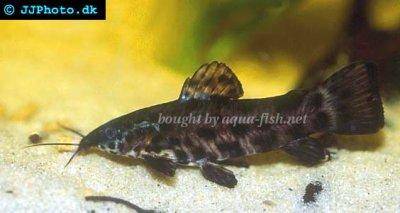




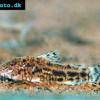 Aspidoras
Aspidoras 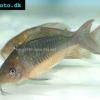 Giant
Giant 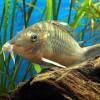 Hognosed
Hognosed 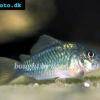 Emerald
Emerald 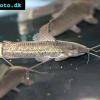 Cascarudo
Cascarudo 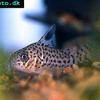 Acre
Acre 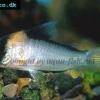 Adolfo’s
Adolfo’s 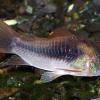 Bronze
Bronze 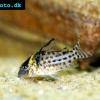 Agassizii’s
Agassizii’s 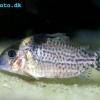 Spotted
Spotted 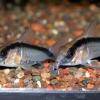 Skunk
Skunk 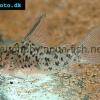 Corydoras
Corydoras 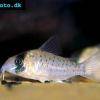 Fairy
Fairy 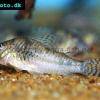 Corydoras
Corydoras 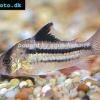 Pink
Pink 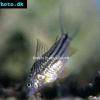 San
San 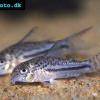 Bond’s
Bond’s 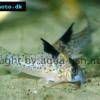 Spotted
Spotted 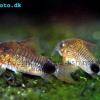 Tailspot
Tailspot 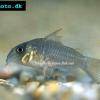 Concolor
Concolor 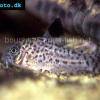 Cope’s
Cope’s 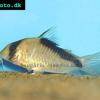 Sand’s
Sand’s 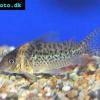 False
False 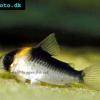 False
False 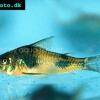 Ehrhardt’s
Ehrhardt’s 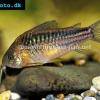 Elegant
Elegant 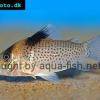 Saddle
Saddle 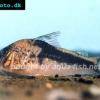 Fowler’s
Fowler’s 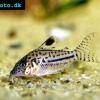 Gomezi
Gomezi 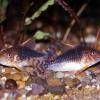 Palespotted
Palespotted 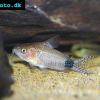 Guapore
Guapore 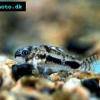 Dainty
Dainty 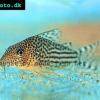 Mosaic
Mosaic 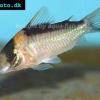 Imitator
Imitator 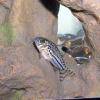 Julii
Julii 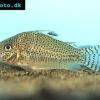 Leopard
Leopard 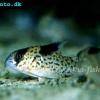 Black
Black 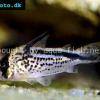 Slant-bar
Slant-bar 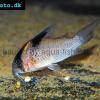 Bluespotted
Bluespotted 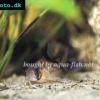 False
False 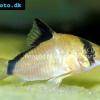 Bandit
Bandit 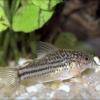 Mini
Mini 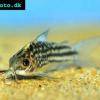 Napo
Napo 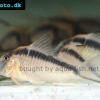 Corydoras
Corydoras 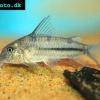 Blue
Blue 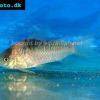 Nijssen’s
Nijssen’s 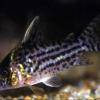 Ornate
Ornate 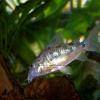 Peppered
Peppered 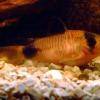 Panda
Panda 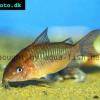 Albertini
Albertini 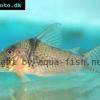 Pastaza
Pastaza 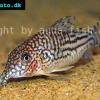 Corydoras
Corydoras 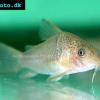 Many-spotted
Many-spotted 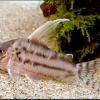 Pretty
Pretty 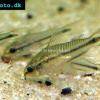 Dwarf
Dwarf 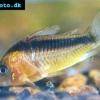 Iridescent
Iridescent 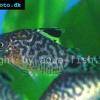 Reticulated
Reticulated 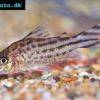 Bannertail
Bannertail 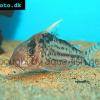 Robust
Robust 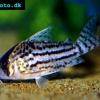 Schwartz’s
Schwartz’s 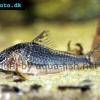 Black
Black 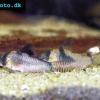 Longnosed
Longnosed 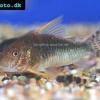 Seuss’
Seuss’ 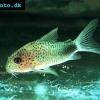 Smudge
Smudge 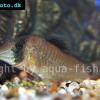 Masquerade
Masquerade 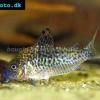 False
False 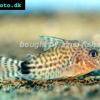 Millenium
Millenium 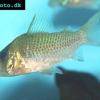 Pinkthroat
Pinkthroat 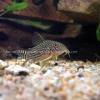 Sterba’s
Sterba’s 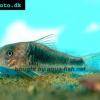 Longsnout
Longsnout 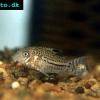 False
False 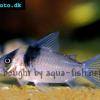 Miguelito
Miguelito 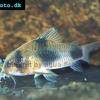 Twosaddle
Twosaddle 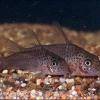 Xingu
Xingu 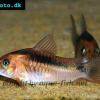 Black
Black 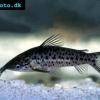 Porthole
Porthole 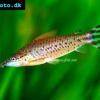 Flagtail
Flagtail 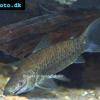 Brown
Brown